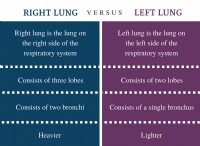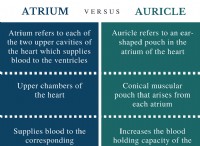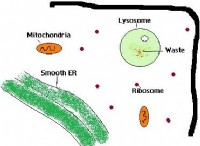Parenchyma Cells: These are the most common type of plant cell, found in all plant tissues. They are involved in a wide range of functions, including storage, photosynthesis, and secretion.
Collenchyma Cells: These cells provide support and flexibility to growing plant parts. They have thickened cell walls, but unlike sclerenchyma cells, they retain their protoplasm and remain alive.
Sclerenchyma Cells: These cells provide structural support to the plant. They have thick, rigid cell walls that are often impregnated with lignin, making them very strong. There are two main types of sclerenchyma cells:
* 섬유 : Long and narrow cells that are often found in bundles.
* Sclereids: Short and irregular cells that can have a variety of shapes.
Xylem Cells: These cells are responsible for transporting water and minerals throughout the plant. They are dead at maturity, with hollow lumens that allow for efficient water flow. There are two main types of xylem cells:
* Tracheids: Long, narrow cells with tapered ends.
* Vessel Elements: Short, wide cells that are joined end to end to form continuous vessels.
Phloem Cells: These cells are responsible for transporting sugars and other organic compounds throughout the plant. They are living cells, but they lack a nucleus and other organelles at maturity. There are two main types of phloem cells:
* Sieve Tube Elements: Long, narrow cells that are joined end to end to form sieve tubes.
* Companion Cells: Living cells that are associated with sieve tube elements and provide them with metabolic support.
Guard Cells: These specialized cells surround stomata, which are small pores in the leaves that allow for gas exchange. They regulate the opening and closing of stomata, controlling the rate of transpiration and photosynthesis.
Meristematic Cells: These cells are undifferentiated and capable of dividing to produce new cells. They are found in specific regions of the plant, such as the root tips and shoot tips.
Epidermal Cells: These cells form the outer layer of the plant, protecting it from the environment. They can be specialized for specific functions, such as absorption of water and nutrients in roots.
Endodermis Cells: These cells surround the vascular tissue in roots and stems, regulating the movement of water and minerals into the vascular system.
This is just a brief overview of some common plant cell types. There are many other specialized plant cells with unique functions.







